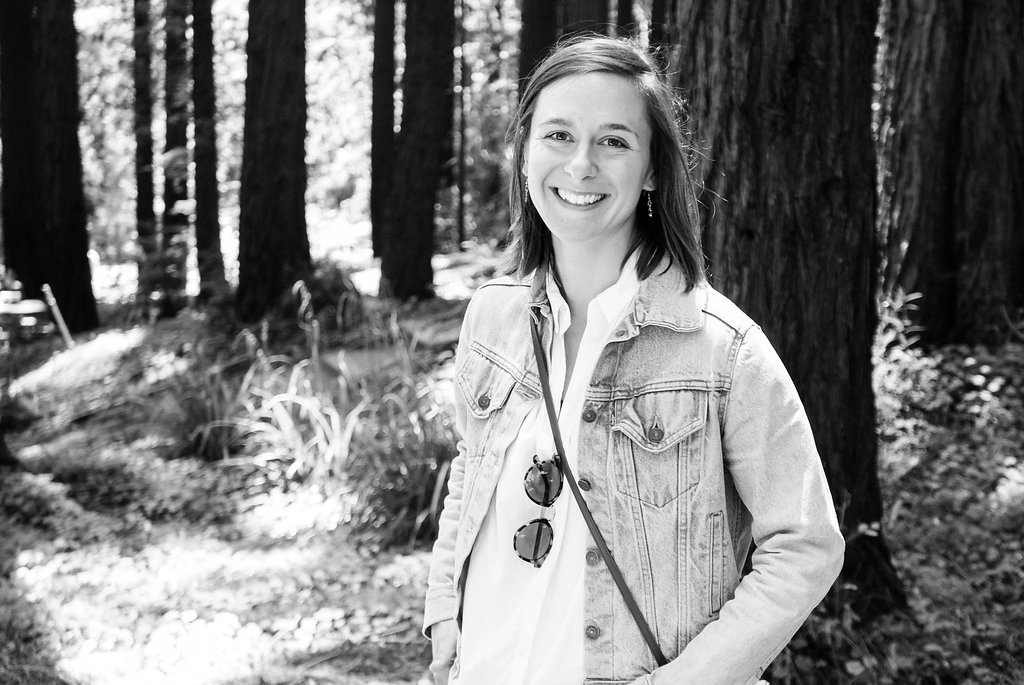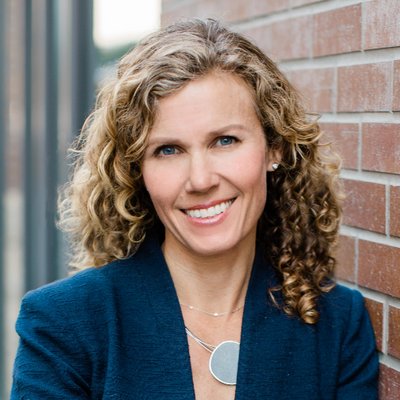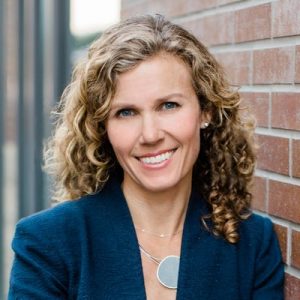By Rachel Dzombak
 At the 2018 Autodesk University conference, a weeklong event bringing together representatives from the building, design, manufacturing, and construction industries, the skillsets required for the future workforce were a heavy focus. In her keynote speech, Beth Comstock, the former CEO of GE, discussed how multinational companies are reorganizing around digital information flows, asserting, “We can’t control change, we can’t predict the future, but we can be more adaptable.”
At the 2018 Autodesk University conference, a weeklong event bringing together representatives from the building, design, manufacturing, and construction industries, the skillsets required for the future workforce were a heavy focus. In her keynote speech, Beth Comstock, the former CEO of GE, discussed how multinational companies are reorganizing around digital information flows, asserting, “We can’t control change, we can’t predict the future, but we can be more adaptable.”
Throughout the conference, others asked: How do we build an adaptable workforce? How are educational needs shifting in response to emergent industry changes? What are the initial steps that we need to take to prepare for the transition?
These critical questions are being asked not just by industry leaders but by faculty and senior administrators at universities. The conversation at UC Berkeley is near constant, especially in engineering and business. Students and faculty alike want to know: How will companies operate? How will industries evolve? And how should socio-political systems best adapt to workforce changes?
There are pessimists and optimists. Among the optimists is UC Berkeley Robotics Professor Ken Goldberg, who argues that forecasts of mass unemployment are unfounded. He believes new jobs will replace old ones and even imagines, echoing Maynard Keynes, that automation will lead to elimination of mundane tasks, giving people time to be more creative.
A technology-infused world that abets humans must be a goal. We may even be on the brink of a golden age of intelligent collaboration—enabling new inventions and ways of thinking that come from the melding of disciplines, cultures, and fields. As Fei-Fei Li, a Stanford University computer science professor and former chief scientist at Google, points out, bringing technology to bear on societal issues will “require insights derived from fields beyond computer science, which means programmers will have to learn to collaborate more often with experts in other domains.” In other words, workers, especially those in the cutting-edge fields, will be compelled to integrate computation with linguistics, behavioral science with physics, economic development with history, and so on.
Historically, universities provided access to knowledge and skillsets that was hard to reach otherwise. Knowledge was held by faculty experts who achieved mastery in narrow subjects, and delivered material to students via lectures. With the rise of the Internet, content is now available at an unprecedented level. Students are learning to prove fluid dynamics proofs through YouTube, skipping economics class in favor of learning through Khan Academy, and asking Google or Wikipedia “How do I design a gray-water system?”
If students are then learning traditional material through other forums, what is the value of the university today? And what do students need to learn that cannot be taught online? The World Economic Forum cites the top six skills needed in 2020 as: 1) complex problem solving, 2) critical thinking, 3) creativity, 4) people management, 5) coordinating with others, and 6) emotional intelligence.
In this first article on the future of work, I want to underscore that three of the top six skills on this list—and many others—focus on collaboration. This is unsurprising, as work increasingly happens in teams regardless of industry. However, few (if any of us) have ever been explicitly taught how to work in teams. We learn through sports and project work, but team-based experiences often lead to frustration (“oh, I’m stuck doing all the work again”), confusion (“we’re all on different pages”), or conflict (“it’s really hard to work with people who are so different from me”).
Teaching students to collaborate across diverse teams will be a key priority of universities in the coming years. Speaking on cultivating the next generation of students, Ruth Simmons, former president of Brown University and current president of Prairie View A&M University, commented in a recent New York Times article about the role of teaching students to collaborate. She said, “If we’re doing what we should be doing, we are acclimating students to an environment in which they have to learn to work with others who are very different from themselves. And that seems to me to be the first requirement of leadership. To actually learn to work with people in a respectful and inclusive way is inordinately important.”
At Berkeley, Professor Sara Beckman and I developed a toolkit called “Teaming by Design” for teaching students how to collaborate in teams. We provide tools and research grounded in human-centered design, organizational behavior, and systems engineering to educate on building self-awareness, working collaboratively with others, and growing capacity to achieve innovative outcomes.
In the toolkit, we outline four phases: Team Formation, Team Launch, Team Check-in, and Team Celebration. Within each phase, we give exercises teams can conduct to improve their dynamics and research to ground the importance of the phase as well as raise consciousness of common issues. We additionally provide guidance on what work should be done in teams. Too often in school, team work is confused with group work. Students quickly divide the work among themselves and meet only to staple the elements together.
A team, by definition, is a collection of people who are committed to a common purpose, whose interdependence requires coordinated effort, and who hold themselves mutually accountable for results. While in some Berkeley classes, teams are comprised of a mix of different students from the same majors (e.g., a mechanical engineer and civil engineer working on the design of a sensor), other teams cross the spectrum—bringing together students from business, art, history, and dance to address, for example, homelessness. Both experiences represent deep learning opportunities for students to become exposed to different ways of thinking and doing.
Our work aims to create change on several levels. First, it is a resource for faculty who may be unfamiliar with how to coach teams. Despite the changes coming to education, faculty (particularly at research universities) are still largely hired for expertise in a narrow field. A fluid dynamics professor who wants students to work in teams within her class may be great at coaching on mathematical modeling issues yet far less equipped at structuring projects that require interdependence or coaching on the socio-emotional challenges that come up within project teams—such as issues of mutual accountability, trust, and conflicts stemming from varied personalities. We work with faculty in business, engineering, art practice, and biology to teach them how to collect feedback and how to debrief the feedback with students, so that it becomes a learning mechanism and not only a tool for grading.
During the Autodesk University conference, advanced machines, XR headsets, and 3D digital models were prominently on display. But even more prominent were the opportunities that technology could enable. For example, advanced lighting systems that provide Internet, mood, music, and safety features—in addition to light—could lead cities to rethink public services. The role of the lighting designer will shift from thinking about delivering light to imagining ways people might navigate their environment. This new frame increases the importance of knowing how to draw out insights from residents and collaborating with relevant stakeholders. Advancing technology forces individuals and organizations to rethink the systems in which they are working, and who they are working with. The more diverse the collaboration, the higher chance for creative problem solving.
We need to start ensuring that students are equipped with the ability to collaborate across untraditional boundaries, because collaboration will be critical for their success in the rapidly evolving workplace.
Rachel Dzombak is a Research Fellow at the Blum Center for Developing Economies. She researches and teaches design, innovation, and system thinking.


